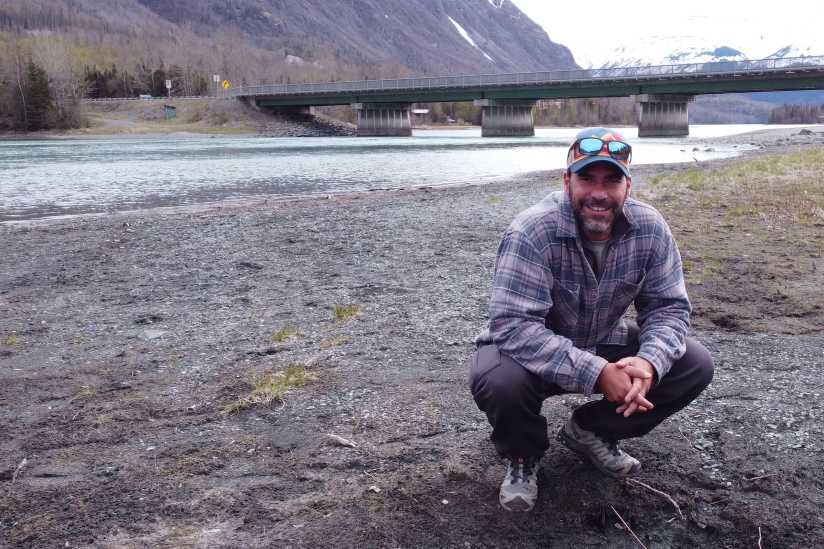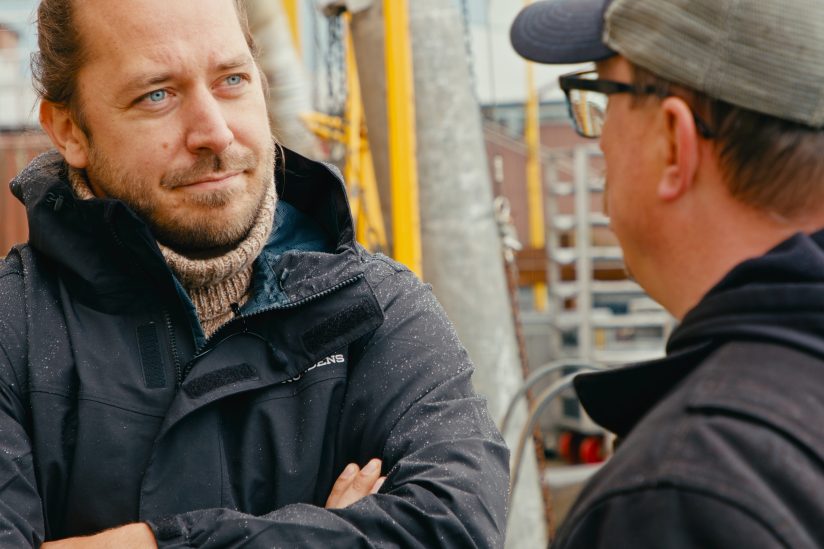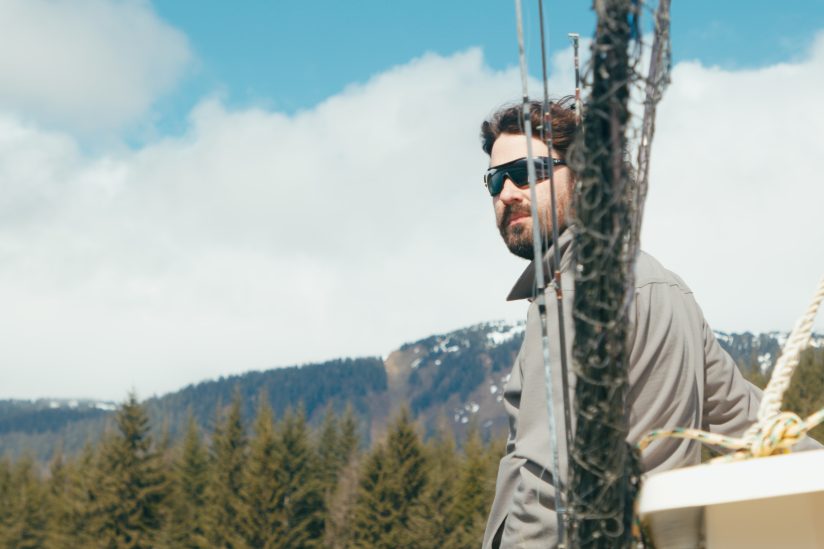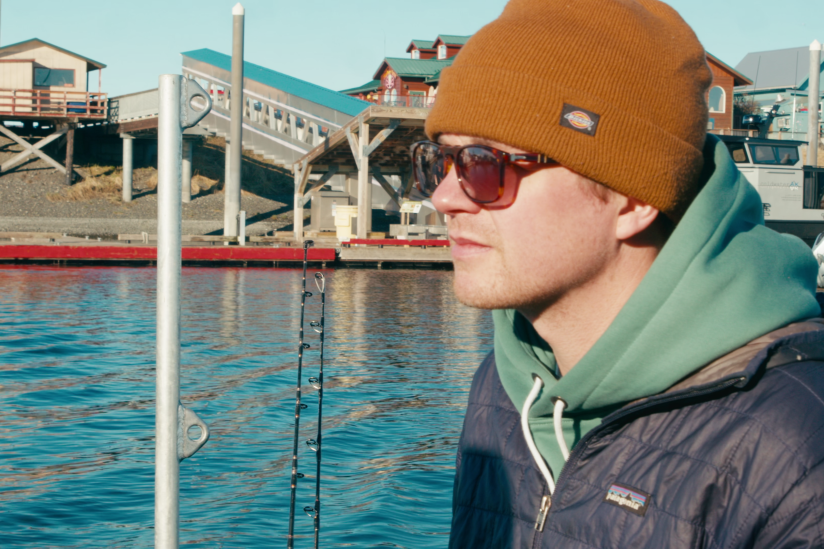About this report
Aquaculture development opportunities have increased, notably with the establishment of the Alaska Mariculture Task Force in 2016. This task force set a target to grow Alaskan mariculture into a $100 million industry by 2040. In 2022, the Alaska Mariculture Cluster successfully obtained a $49 million grant from the Economic Development Administration’s Build Back Better Regional Challenge. Furthermore, in 2023, Alaska was selected as the site for NOAA’s upcoming Aquaculture Opportunity Area (AOA) initiative.
Watch the story of the Alaska Mariculture Cluster led by Southeast Conference
About the Alaska Mariculture Insights platform
This platform presents production insights broken down into the different supply chain stages. It aims to benefit a wide range of partners, including local players, private and public investors, government entities looking to generate jobs through restorative aquaculture, and blue economy project specialists. This work will provide a unique perspective of the Alaskan seaweed and oyster industries, as well as insights into the vast potential of Alaskan mariculture to implement new technological innovations and investment opportunities, mobilizing third-party resources to enhance the local ecosystem further.
This platform aspires to:
- Foster collaboration, information sharing, and partnerships within the industry to support the growth and success of mariculture businesses in Alaska.
- Support economic development in Southeast Alaska and work across the state on mariculture initiatives, supporting all types of businesses, from small to large.
- Support a broad coalition of partners to de-risk the sector and empower private businesses, individuals, entrepreneurs, and workers to drive the industry forward.
About the field study
The HIS and TFS teams, with the support of the SEC local team, conducted a 16-day field study that included more than 25 site visits, meeting inspiring farmers and seeing the technologies and product developments being applied in hatcheries, farms, and processing facilities in several key regions, such as Ketchikan, Prince of Wales Island, Juneau, Hoonah, Seward, Homer, and Kodiak.
Engaging with various partners from different locations across Alaska and witnessing their tremendous inner motivation firsthand has provided valuable information and data that shed a bright light on the Alaska industry's vast potential for expansion by leveraging natural resources, existing seafood infrastructure, and local know-how.
Project Team
About Southeast Conference
The Southeast Conference (SEC), led by executive director Robert Venables, plays a pivotal role in supporting the Alaskan mariculture industry through its dedication to community and economic development in Southeast Alaska. As a Regional Development Organization for the state, the SEC is federally designated as an Economic Development District, which focuses on fostering place-based economies that enable Alaskans to earn a living from the rich ocean resources in their backyard. By partnering with indigenous Alaskan Native communities, corporations, fishermen, and the University of Alaska, the SEC facilitates a multifaceted endeavor to advance the mariculture industry. Through initiatives like the Alaska Mariculture Cluster project, the SEC works to lower risks, provide technical training, and promote market understanding to help farmers scale their operations and create a sustainable economy based on ocean resources.
As part of the Build Back Better Regional Challenge, the Alaska Mariculture Cluster has won nearly $49 million in grants to support the local mariculture industry. It is one of 21 winners nationwide chosen based on their ability to transform their region’s economy. The Alaska Mariculture Cluster is part of the SEC Coalition, the state and federally designated regional economic development organization for Southeast Alaska. Its mission is to undertake and support activities that promote strong economies, healthy communities, and a quality environment in Southeast Alaska.
The Alaska Mariculture Cluster was chosen due to Alaska’s existing mariculture labor force, abundant coastline for growing shellfish and seaweed, and unique focus on Indigenous and rural representation. The region is well-positioned to meet domestic and international aquaculture needs but lacks initial capital investment. The grant will secure Alaska’s future in mariculture development, furthering ingenuity and best practices in the industry.
SEC has come up with the seven-pillar strategy, which includes:
- A mariculture revolving loan fund
- Governance, coordination & outreach
- Workforce development
- Research and development
- Market development
- Green energy
- Equipment & technology
With this strategy in mind, the SEC aims to provide impactful support across these pillars to solve critical issues collectively, de-risk the sector, and create a new industry to generate jobs.
The industry is evolving rapidly, with farmers embracing new technologies and practices to enhance sustainability and productivity. Through investment, innovation, R&D, and strategic partnerships, the SEC is working to propel Alaska's mariculture industry to new heights and establish it as a sustainable and competitive player in the global landscape.




